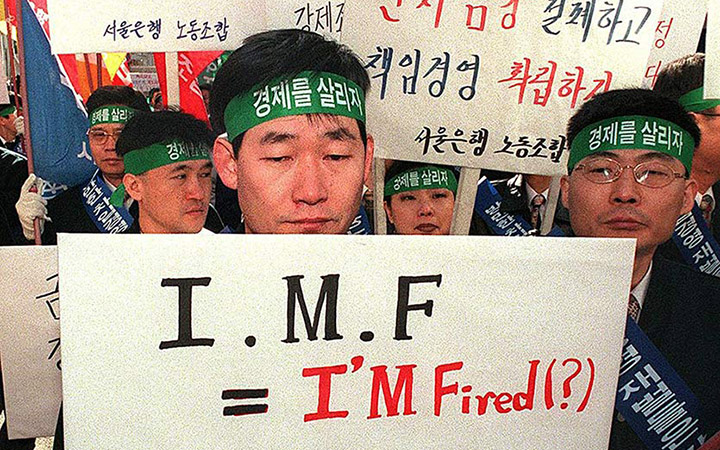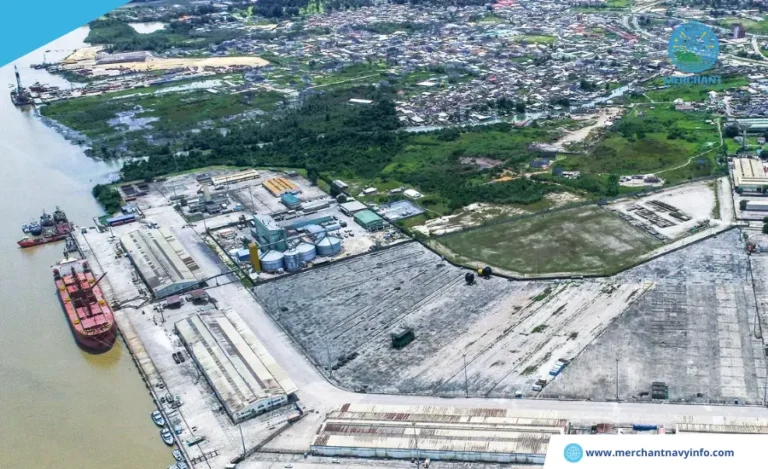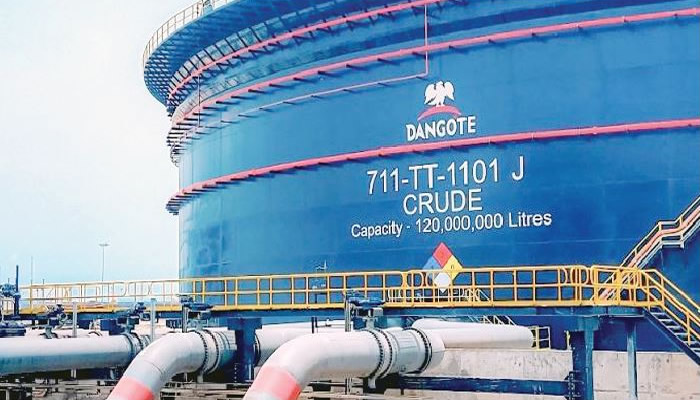The 1997 Asian Financial Crisis That Took The World By Surprise

Did you know that in the 1997 Asian financial crisis it is believed that 10,400 people committed suicide in Hong Kong, Japan and South Korea, as a result of the crisis?
The 1997 Asian financial crisis, which began in Thailand in July 1997 before spreading to several other countries, was a period of financial crisis that gripped much of East and Southeast Asia during the late 1990s. The crisis had a ripple effect, raising fears of a worldwide economic meltdown due to financial contagion. However, the recovery in 1998 to 1999 was rapid, and worries of a meltdown quickly subsided.
Originating in Thailand, where it was known as the Tom Yam Kung crisis on 2 July, it followed the financial collapse of the Thai baht after the Thai government was forced to float the baht due to lack of foreign currency to support its currency peg to the U.S. dollar. Capital flight ensued almost immediately, beginning an international chain reaction. At the time, Thailand had acquired a burden of foreign debt.
As the crisis spread, other Southeast Asian countries and later Japan and South Korea saw slumping currencies, devalued stock markets and other asset prices, and a precipitous rise in private debt. Foreign debt-to-GDP ratios rose from 100% to 167% in the four large Association of Southeast Asian Nations (ASEAN) economies in 1993–96, then shot up beyond 180% during the worst of the crisis. In South Korea, the ratios rose from 13% to 21% and then as high as 40%, while the other northern newly industrialized countries fared much better. Only in Thailand and South Korea did debt service-to-exports ratios rise.
South Korea, Indonesia and Thailand were the countries most affected by the crisis. Hong Kong, Laos, Malaysia and the Philippines were also hurt by the slump. Brunei, mainland China, Japan, Singapore, Taiwan, and Vietnam were less affected, although all suffered from a general loss of demand and confidence throughout the region. While Japan was slow to respond to requests from affected countries, China improved its reputation in the region through its contribution of $4 billion in bailout money, as well as its important decision not to de-value its own currency. Although most of the governments of Asia had seemingly sound fiscal policies, the International Monetary Fund (IMF) stepped in to initiate a $40 billion program to stabilize the currencies of South Korea, Thailand, and Indonesia, economies particularly hard hit by the crisis.
The efforts to stem a global economic crisis did little to stabilize the domestic situation in Indonesia, however. After 30 years in power, Indonesian President Suharto was forced to step down on 21 May 1998 in the wake of widespread rioting that followed sharp price increases caused by a drastic devaluation of the rupiah. The effects of the crisis lingered through 1998, where many important stocks fell in Wall Street as a result of a dip in the values of the currencies of Russia and Latin American countries that weakened those countries' "demand for U.S. exports."
In 1998, growth in the Philippines dropped to virtually zero. Only Singapore proved relatively insulated from the shock, but nevertheless suffered serious hits in passing, mainly due to its status as a major financial hub and its geographical proximity to Malaysia and Indonesia. By 1999, however, analysts saw signs that the economies of Asia were beginning to recover. After the crisis, economies in East and Southeast Asia worked together toward financial stability and better financial supervision.
The crisis had significant macroeconomic-level effects, including sharp reductions in values of currencies, stock markets, and other asset prices of several Asian countries. The nominal U.S. dollar GDP of ASEAN fell by $9.2 billion in 1997 and $218.2 billion (31.7%) in 1998. In South Korea, the $170.9 billion fall in 1998 was equal to 33.1% of the 1997 GDP. Many businesses collapsed, and as a consequence, millions of people fell below the poverty line in 1997–1998. Indonesia, South Korea and Thailand were the countries most affected by the crisis.
The economic crisis also led to a political upheaval, most notably culminating in the resignations of President Suharto in Indonesia and Prime Minister General Chavalit Yongchaiyudh in Thailand. There was a general rise in anti-Western sentiment, with George Soros and the IMF in particular singled out as targets of criticisms. Heavy U.S. investment in Thailand ended, replaced by mostly European investment, though Japanese investment was sustained.[citation needed] Islamic and other separatist movements intensified in Southeast Asia as central authorities weakened.
New regulations weakened the influence of the bamboo network, a network of overseas Chinese family-owned businesses that dominate the private sector of Southeast Asia. After the crisis, business relationships were more frequently based on contracts, rather than the trust and family ties of the traditional bamboo network.
More long-term consequences included reversal of some gains made in the boom years just preceding the crisis. Nominal U.S. dollar GNP per capita fell 42.3% in Indonesia in 1997, 21.2% in Thailand, 19% in Malaysia, 18.5% in South Korea and 12.5% in the Philippines. Falls in income per capita with purchasing power parity were much smaller: in Indonesia by 15%, Thailand 12%, Malaysia 10%, South Korea 6%, Philippines 3%. In most countries recovery was fast. Between 1999 and 2005 average per capita annual growth was 8.2%, investment growth nearly 9%, foreign direct investment 17.5%. Precrisis levels of income per capita with purchasing power parity were exceeded in 1999 in South Korea, in 2000 in Philippines, in 2002 in Malaysia and Thailand, in 2005 in Indonesia.Within East Asia, the bulk of investment and a significant amount of economic weight shifted from Japan and ASEAN to China and India.
The crisis has been intensively analyzed by economists for its breadth, speed, and dynamism; it affected dozens of countries, had a direct impact on the livelihood of millions, happened within the course of a mere few months, and at each stage of the crisis leading economists, in particular the international institutions, seemed a step behind. Perhaps more interesting to economists was the speed with which it ended, leaving most of the developed economies unharmed.
These curiosities have prompted an explosion of literature about financial economics and a litany of explanations why the crisis occurred. A number of critiques have been leveled against the conduct of the IMF in the crisis, including one by former World Bank economist Joseph Stiglitz. Politically there were some benefits. In several countries, particularly South Korea and Indonesia, there was renewed push for improved corporate governance. Rampaging inflation weakened the authority of the Suharto regime and led to its toppling in 1998, as well as accelerating East Timor's independence. In August 2001, the International Labour Organization arranged the Thirteenth Asian Regional Meeting with 39 member states as a result of the financial crisis, which focused on providing social protection, rights at work and creating new jobs.
Years after the Asian financial crisis, Asia stands strong. Significant challenges remain while new vulnerabilities emerge from the steady rise in dollar-denominated debt, increasing private sector debt, and a pickup in nonperforming loans in some emerging Asian economies. With more pronounced global financial cycles, increasingly interconnected financial institutions and markets are also building the channels to fan global shocks.
Three key lessons are drawn from Asia’s crisis experience: (i) maintaining sound macroeconomic fundamentals is a prerequisite for economic and financial resilience; (ii) deepening and broadening financial systems is essential to boost both financial efficiency and resiliency; and (iii) greater regional cooperation efforts are needed to reinforce regional financial safety nets for financial resilience.
Source: Wikipedia
#penglobalbusiness



